#Bach1723: My Highlight
Personal, anecdotal, informative, and full of conviction: we reveal our Bach highlights for the anniversary year!
Johann Sebastian Bach’s sacred cantatas are revered for their enduring beauty and profound spirituality. To celebrate #Bach1723 – 300 years since Bach’s arrival in Leipzig – the Carus team have selected their favorite Bach cantatas, works which hold a special place in their hearts. From well-known classics to hidden gems, the following works are the perfect source of inspiration for your upcoming concerts!
Du wahrer Gott und Davids Sohn (Thou very God and David’s son) BWV 23.2
“The hair-raising chorale “Christe, du Lamm Gottes” (Lamb of God, Lord Jesus) was composed only as a last-minute addition to the apparently too short audition cantata Du wahrer Gott und Davids Sohn (Thou very God and David’s son, Carus 31.023) BWV 23.2. Two years later, on Good Friday 1725, it came to greater prominence as the final movement of the St. John Passion BWV 245.2 (Carus 31.245)! Even if Bach’s audition had been less successful, this cantata would remain a highlight of the Passion literature for me precisely because of this chorale!”
Dr. Uwe Wolf, Chief Editor
Du wahrer Gott und Davids Sohn (Thou very God and David’s son) BWV 23.2
Soli SAT, Coro SATB, 2 Ob, 2 Vl, Va, Bc
20 min
Text language: German, english singable translation
First performance: February 7, 1723
Johann Sebastian Bach
Du wahrer Gott und Davids Sohn (Thou very God and David’s son) BWV 23.2
Carus 31.023
Johann Sebastian Bach
Die Elenden sollen essen (All the starving shall be nourished) BWV 75
Carus 31.075
Iris Pfeiffer
Head of Business Development & Marketing at Carus
Die Elenden sollen essen (All the starving shall be nourished) BWV 75
How might Bach have prepared for his debut in Leipzig in the spring of 1723? Only eight days before, he and his family had traveled on four coaches from the court in Köthen. As only the “third choice” for the job, did he perhaps wish to give a particularly impressive demonstration of his skills? In any case, the performance of his two-part cantata Die Elenden sollen essen (All the starving shall be nourished, Carus 31.075) BWV 75 was received “with much applause”.
The work’s subject is the gulf between the rich and the poor, and in the first 30 seconds of music Bach already manages to create a memorable musical depiction. He self-confidently reveals himself as a princely Kapellmeister in this movement, set as a French overture. But in keeping with the message of the psalm (“the starving shall be nourished”), the E minor key brings a tinge of sadness to the aristocratic splendor. The oboe interrupts the sharply rhythmical opening (symbolizing the rich?) with plaintive interjections (sighs of the poor?). For me, this is one of the most beautiful opening choruses in all of Bach’s cantatas!
Iris Pfeiffer, Head of Business Development & Marketing at Carus
Die Elenden sollen essen (All the starving shall be nourished) BWV 75
Soli SATB, Coro SATB, 2 Ob/Obda, Tr, 2 Vl, Va, Bc / 40 min
First performance: May 30, 1723
Ein ungefärbt Gemüte (A conscience pure) BWV 24
Bach had only been in office a few weeks when he performed his new cantata Ein ungefärbt Gemüte (A conscience pure, Carus 31.024) on June 20th, 1723. It is the third cantata he composed as the new Thomaskantor in Leipzig. His assumption of office is tantamount to a music-historical landslide. The breathtaking central chorus “Alles nun, das ihr wollet…” is simaltaneously virtuosic and melodically enchanting. Clarino is what Bach calls the voice that provides the tonal splendor. Here a world of sound emerges which, for me, is among the most beautiful Bach created.
Dr. Reiner Leister, Key Account Manager Choral Directors & International Retail Japan
Ein ungefärbt Gemüte (A conscience pure) BWV 24
Soli SATB, Coro SATB, 2 Ob/ Obda, Clarino, 2 Vl, Va, Bc / 20 min
First performance: June 20th, 1723
Johann Sebastian Bach
Ein ungefärbt Gemüte (A conscience pure) BWV 24
Carus 31.024
Dr. Reiner Leister
Key Account Manager Choral Directors & International Retail Japan
Johann Sebastian Bach
Herz und Mund und Tat und Leben (Heart and mouth and thought and action) BWV 147
Carus 31.147/50
Dr. Johannes Graulich
Publisher and Managing Shareholder
Herz und Mund und Tat und Leben (Heart and mouth and thought and action)
BWV 147
If one were to ask me about my favorite cantata by J. S. Bach, I would be seriously puzzled. I don’t know all the cantatas well enough by a long shot. Nevertheless, Herz und Mund und Tat und Leben (Heart and mouth and thought and action, Carus 31.147) , one of the first cantatas Bach wrote in Leipzig in 1723, would certainly be in the very narrowest selection. Not only because of the festive opening chorus and the unsurpassed, simple and catchy chorale “Wohl mir, dass ich Jesum habe” and in the final repetition as “Jesu bleibet meine Freude”. But of course also because of this.
Dr. Johannes Graulich, Publisher and Managing Shareholder
Herz und Mund und Tat und Leben (Heart and mouth and thought and action)
BWV 147
Soli SATB, Coro SATB, 2 Ob (also 2 oboes da caccia, oboe d’amore), Fg, Tr, 2 Vl, Va, Bc / 18 min
Premier: July 2nd, 1723
Mein Herze schwimmt im Blut (My heart is bathed in blood) BWV 199
One of my favorite cantatas by J. S. Bach is the solo soprano cantata Mein Herze schwimmt im Blut (My heart is bathed in blood, Carus 31.199). Bach composed the work in 1714 for the Weimar court service on the 11th Sunday after Trinity, and subsequently performed and revised it several times, including for Leipzig in 1723. My special relationship with this cantata is rooted in the wonderful CD recording with the Freiburg Baroque Orchestra and Emma Kirkby. It’s one of the first Bach cantata recordings I owned on CD and continues to captivate me today. Emma Kirkby perfectly brings out the deep expressive intensity of the composition with her clear, ravishing vocal quality. Particularly impressive in the aria “Stumme Seufzer, stille Klagen” is the perfect interplay between solo soprano and oboe. All this combined with the wonderful plea addressed to God “aber habe doch Geduld mit mir” in the aria “Tief gebückt” means this cantata will always have a special place for me.
Anna Bockisch, Events
Mein Herze schwimmt im Blut (My heart is bathed in blood) BWV 199
Solo S, Ob, (Vl), 2 Vl, Va, Vcpic, (Va, Vc), Bc / 26 min
Revival: August 8th, 1723
Johann Sebastian Bach
Mein Herze schwimmt im Blut (My heart is bathed in blood) BWV 199
Carus 31.199
Anna Bockisch
Events
Johann Sebastian Bach
Ach, ich sehe, itzt, da ich zur Hochzeit gehe (Ah! I see now, as I to the wedding bidden) BWV 162
Carus 31.162
Marit Ketelsen
Sales Director
Ach, ich sehe, itzt, da ich zur Hochzeit gehe (Ah! I see now, as I to the wedding bidden) BWV 162
“Always efficient and always with an ace up his sleeve!” I’d take this bold approach in describing Bach’s music to anyone listening to baroque music for the first time. And this particular description is also a perfect fit for his cantata for the twentieth Sunday after Trinity. In October 1723 Bach revived a cantata he had composed almost ten years earlier in Weimar. The new Cantor at St Thomas included a “Corno da tirarsi” as a surprise treat in the Leipzig orchestration, but today we are unfamiliar with this instrument. With Masaako Suzuki’s reconstruction of the obbligato wind parts, which were also lost, I find BWV 162 an extraordinarily expressive and poetic cantata.
Marit Ketelsen, Sales Director
Ach, ich sehe, itzt, da ich zur Hochzeit gehe (Ah! I see now, as I to the wedding bidden) BWV 162
Soli SATB, Coro SATB, Fl, Corno da tirarsi, 2 Vl, Va, Bc / 18 min
O Ewigkeit, du Donnerwort (Eternity, O awesome word) BWV 60
In past times when a human life often did not last long, the awareness of and confrontation with one’s own mortality was ever present. Nowadays, death is often left out of the equation. For this very reason, I am touched by the dialogue in BWV 60 O Ewigkeit, du Donnerwort between fear and hope, which Bach reflects in the counterpart of violin and oboe d’amore. In the end, confidence triumphs over the horrors of death, and at the same time we are reminded to be aware of how we shape life in this world. A musical approach to a grand theme, which can be heard over and over again.
Julia Rosemeyer, Deputy Head Editorial Offices
O Ewigkeit, du Donnerwort (Eternity, O awesome word) BWV 60
Soli SATB, Coro SATB, Fl, Corno da tirarsi, 2 Vl, Va, Bc / 18 min
Johann Sebastian Bach
O Ewigkeit, du Donnerwort (Eternity, O awesome word) BWV 60
Carus 31.060
Julia Rosemeyer
Deputy Head Editorial Offices
Magnificat in D (Magnificat in D major) BWV 243
My earliest memories of Bach go back to a dress rehearsal of the Magnificat with my mother in a church in Essen. There I listened in the pew when I was about three years old. But I know from stories that I was “there” much earlier. In later years, I performed the work myself several times, on the traverse flute. I can’t get enough of the festive character of the opening chorus and I hope that the Bach anniversary will be reason enough to make the work resound everywhere!
Marion Beyer, Head Communication
Magnificat in D major BWV 243
Soli SSATB, Coro SSATB, 2 Fl, 2 Ob, 3 Tr, Timp, 2 Vl, Va, Bc / 27 min
Nun komm der Heiden Heiland (Come now, God’s chosen saviour (I)) BWV 61
For me, Nun komm der Heiden Heiland is the ultimate Advent chorale and inseparable from the 1st Sunday of Advent. Jerusalem experiences the entry of Jesus and we await the arrival of the Messiah in our hearts. Bach gives special weight to this main theme of Advent. I agree with Philipp Spitta, who writes of the choir’s affirmative final Amen: “When this stream of sound poured down from the organ choir, it must have been as if loud golden glitter filled the church.”
Camilla Kirner, International Sales
Nun komm der Heiden Heiland (Come now, God’s chosen saviour (I)) BWV 261
Soli STB, Coro SATB, 2 Vl, 2 Va, Bc/ 23 min
Johann Sebastian Bach
Nun komm der Heiden Heiland (Come now, God’s chosen saviour (I)) BWV 61
Carus 31.061
Camilla Kirner
International Sales
Johann Sebastian Bach
Ich elender Mensch, wer wird mich erlösen (O wretch that I am, who then can release me) BWV 48
Carus 31.048
Sandra Graf
Business Development
Ich elender Mensch, wer wird mich erlösen (O wretch that I am, who then can release me) BWV 48
In his first year in Leipzig Bach performed the cantata Ich elender Mensch, wer wird mich erlösen (O wretch that I am, who then can release me) which engages on a deep level with themes of plague, pain and death. I found the opening chorus of this setting of St Paul’s words particularly striking. The music is deeply sad, a tapestry of sound full of sighs, accompanied by motifs of lament in the strings. Bach’s unique ability to introduce yet another chorale melody – “Wenn mein Stündlein vorhanden ist” – into a piece already consisting of various themes is impressive. I find this close interweaving in the harmonies between a longing for death and the redemption through Jesus completely fascinating!
Sandra Graf, Business Development
Ich elender Mensch, wer wird mich erlösen (O wretch that I am, who then can release me) BWV 48
Soli AT, Coro SATB, 2 Ob, Tr (Tr da tirarsi), 2 Vl, Va, Bc / 16 min
Warum betrübst du dich, mein Herz (What is it troubles thee, my heart) BWV 138
The Stuttgart Cantata Ensemble, founded in 2013 by Wolfgang Heilmann, is one of the reasons why I regularly sing Bach cantatas. BWV138 is one of the cantatas which has stayed in my memory. You realise here just how much value Bach placed on the power and imagery of the words. The expressive text and Bach’s compositional mastery contribute to the dramatic experience of this cantata, which almost but not quite constitutes the first chorale cantata: presumably it gave rise to the idea of the chorale cantata cycle of 1724-25. In the first three movements the individual’s inner conflicts and fears are portrayed realistically through the rapid dialogue of the alternating solos and choral passages, and the transformation from worry and sadness to joyous trust in God creates a varied contrast in the cantata.
Kathrin Schweizer, Editor
Warum betrübst du dich, mein Herz (What is it troubles thee, my heart) BWV 138
Soli SATB, Coro SATB, 2 Obda, 2 Vl, Va, Bc / 20 min
Johann Sebastian Bach
Warum betrübst du dich, mein Herz (What is it troubles thee, my heart) BWV 138
Carus 31.138
Kathrin Schweizer
Editor

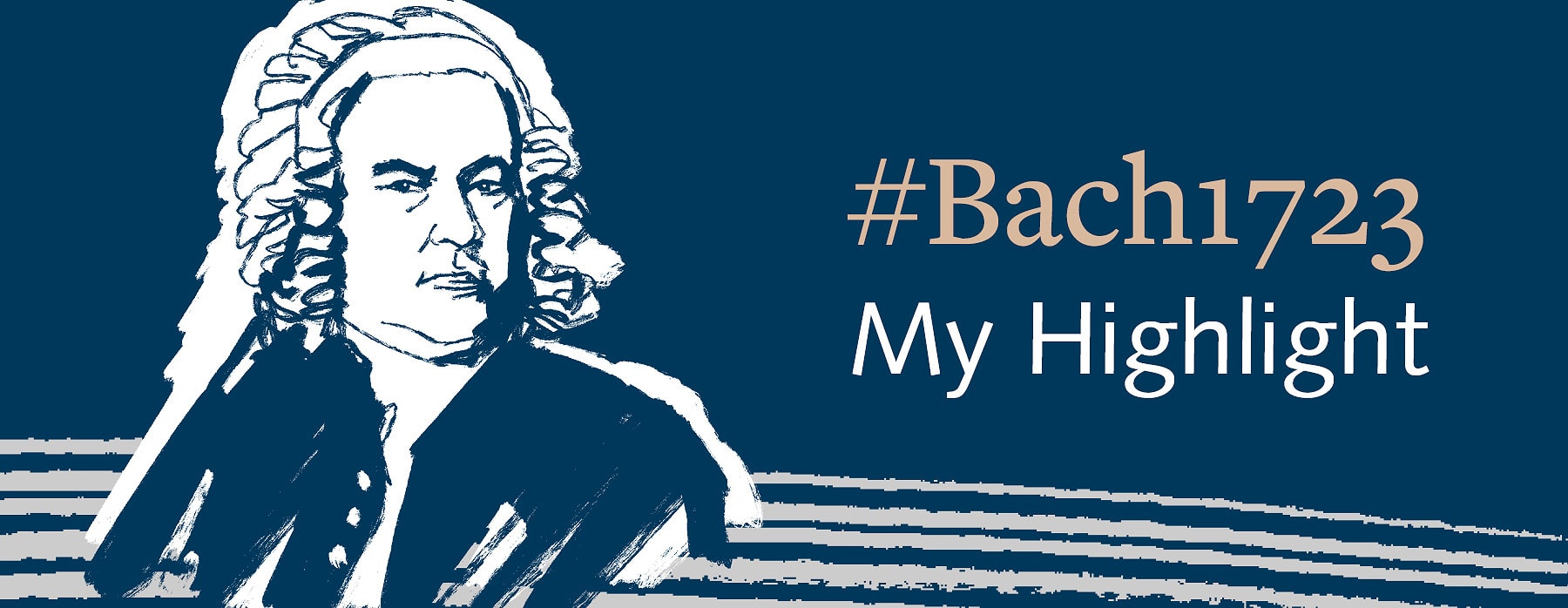
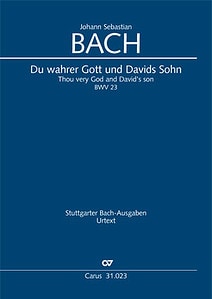
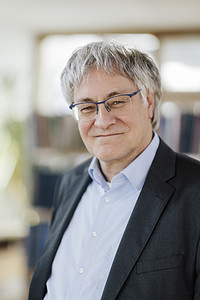

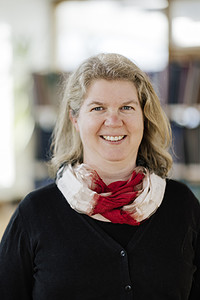
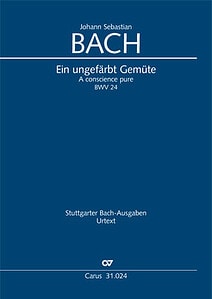

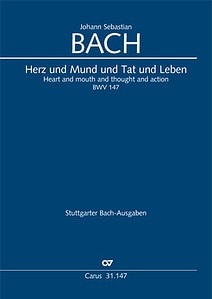

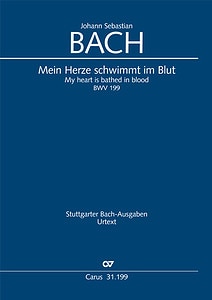







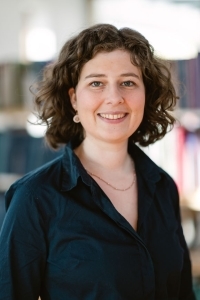
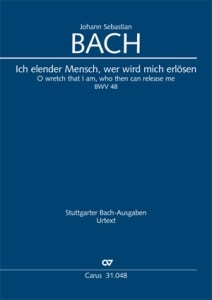



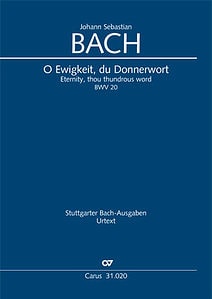


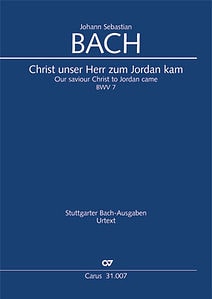


Leave a Reply
Want to join the discussion?Feel free to contribute!